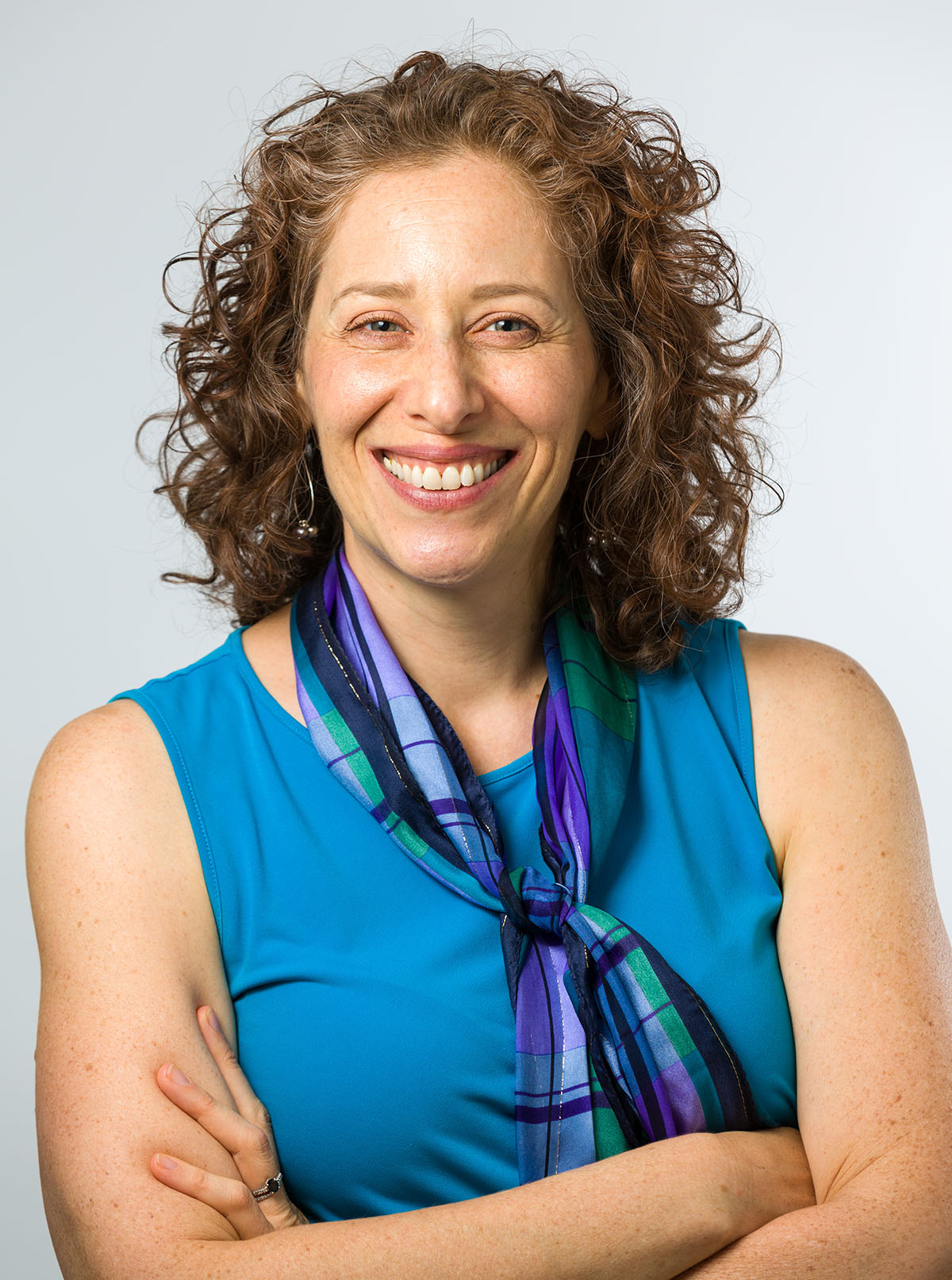More »
Quick Links
More »
Quick Links
More »
Quick Links
More »
Quick Links
More »
Quick Links
More »
Quick Links
January 31, 2024
By Jennifer Loukissas, Director, Communications Team, Division of Cancer Epidemiology and Genetics at NIH’s National Cancer Institute
It’s hard to know who to trust these days. Deep fakes, AI-generated images, and bots can trick even the savviest of consumers. We must constantly be wary of potential hoaxes or misinformation. Discerning the reliability of a message or messenger has become routine. Many of the approaches we use in our daily lives can also be helpful when identifying an appropriate scientific expert or resource on issues related to health, wellness, or biomedical research in general.
Judging credibility may involve considering word choice, tone, spelling and grammar, or other elements of an image, video, or article. We might also look for information that helps us determine how much or whether to trust a source: the pedigree of the author, the types of advertisers on their platform, or the number of followers.
Health and science communicators make these determinations daily. For the most part, consumers rely on them to survey the overwhelming volume of information produced by biomedical researchers and present the most helpful information in ways that are easy to digest and implement in their busy lives. To maintain the enormous trust placed in them, reporters need to ensure that they interview the most appropriate experts.
Congress established the NIH to not only conduct cutting-edge biomedical research but also to disseminate those findings to the public, the scientific community, medical societies, and other audiences. We do this largely through health and science communicators. At NIH, part of my job is connecting reporters with appropriate experts. I also work with scientists to ensure they are effectively communicating their research to different audiences, including the media.
The general principles that help people who are researching a health condition for themselves, or their family, are also relevant to health and science communicators:
Look for information from leading institutions. The top research organizations are well-known for a reason. The best-known academic research centers are a natural first stop.
Rely on national guidelines and statements from professional associations. New evidence-based guidelines can take 10 to 17 years to show up in the clinic; however, professional societies tend to adopt and post about them on their websites much sooner.
If it’s your job to write about biomedical research and health, these additional suggestions can inform your search. While also relevant for health information seekers, they are likely too time-consuming for the average consumer of health information:
Reach out to an organization’s communications office. Every research institution, including NIH, has a communications office. Their staff can quickly help identify the most appropriate expert to answer questions on any given topic.
Evaluate experts and scientists by their publishing record. Seek out scientists who have published in a wide array of scientific journals and in journals that are considered the most prestigious in their field. This hierarchy is assessed annually in a measure known as the impact factor. Another useful metric—the H-index—describes the investigator’s publishing track record: cumulative publications, authorship position (first author: leading the project, middle author: contributor, last/senior author: overseeing the work of the team), and number of times their publications have been cited in the papers of others.
Use PubMed to find review articles. The National Library of Medicine’s PubMed website allows users to search a vast index of journals. A systematic review article is a good first step. Once you see the names of researchers repeated in multiple publications, follow up with one or more of them. For example, a search for ‘type 2 diabetes’ returns 236,000 citations. By limiting to ‘systematic review articles’ on ‘humans’ published in ‘English’ in the last year, that number drops to 792; that’s still a lot to wade through, but a reasonable amount to scroll through to further refine your search.
Focus on scientific expertise. Much of research today is multidisciplinary because the questions being tackled are increasingly complex and require a wide range of expertise. Researchers in one field aren’t necessarily experts in related fields. For example, if you want to know more about the spread of infectious diseases, talk with an epidemiologist who specializes in the patterns and causes of the disease instead of a virologist.
Consider seniority. Seniority in the field can be important. Titles like investigator or senior investigator imply experience. The same goes for principal investigator, professor, or director. But don’t rule out postdoctoral fellows. While they may not have the experience of a more senior researcher, they are still experts in their field.
Check their perspective. Consider the activities of a potential expert. Have they been quoted in news stories lobbying for a particular position? Are they affiliated with an advocacy group? These biases may or may not be meaningful, but it’s good to know about them in advance. Often, this information can be found at the end of a research article, disclosed in the section marked ‘conflicts of interest.’
These suggestions are just a starting point. There are exceptions to every rule. Smaller, less well-known institutions may be home to someone with a particular expertise. High-impact journals may publish cutting-edge research that is a first observation and hasn’t yet been replicated or validated by an independent research team. Similarly, lower-impact journals publish important findings all the time.
Trust between readers and purveyors of health and science news and information can contribute to meaningful changes in health and disease. Those of us in the business of disseminating biomedical research findings must stay vigilant to select experts who are not only credible, but careful not to generalize a finding beyond the population in the study.
Subscribe
NIH…Turning Discovery Into Health®
National Institutes of Health, 9000 Rockville Pike, Bethesda, Maryland 20892
U.S. Department of Health and Human Services
